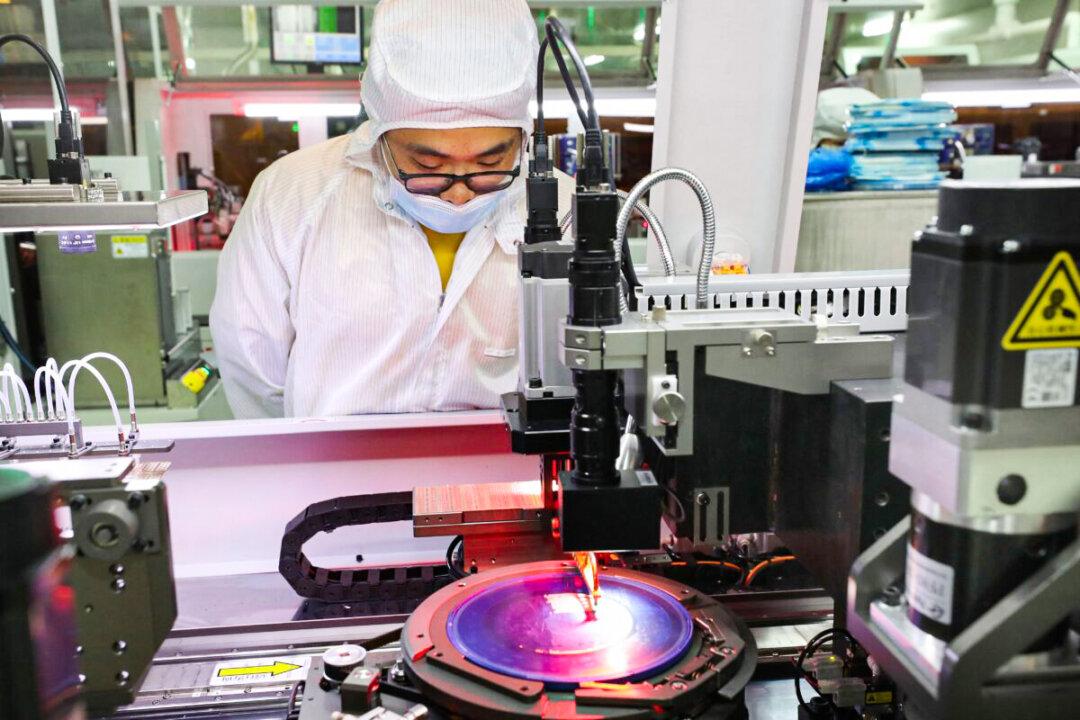The southeastern Chinese city of Shenzhen—known as a national leader in economic development—has seen its industrial profits plunge during the year.
Monthly data from the Shenzhen Bureau of Statistics reveal the city’s industrial enterprises profits fell by 50.4 percent in July compared to June, a 40 percent drop from last July. August saw a fall of 29.46 percent year-on-year while September data has not yet been released.





